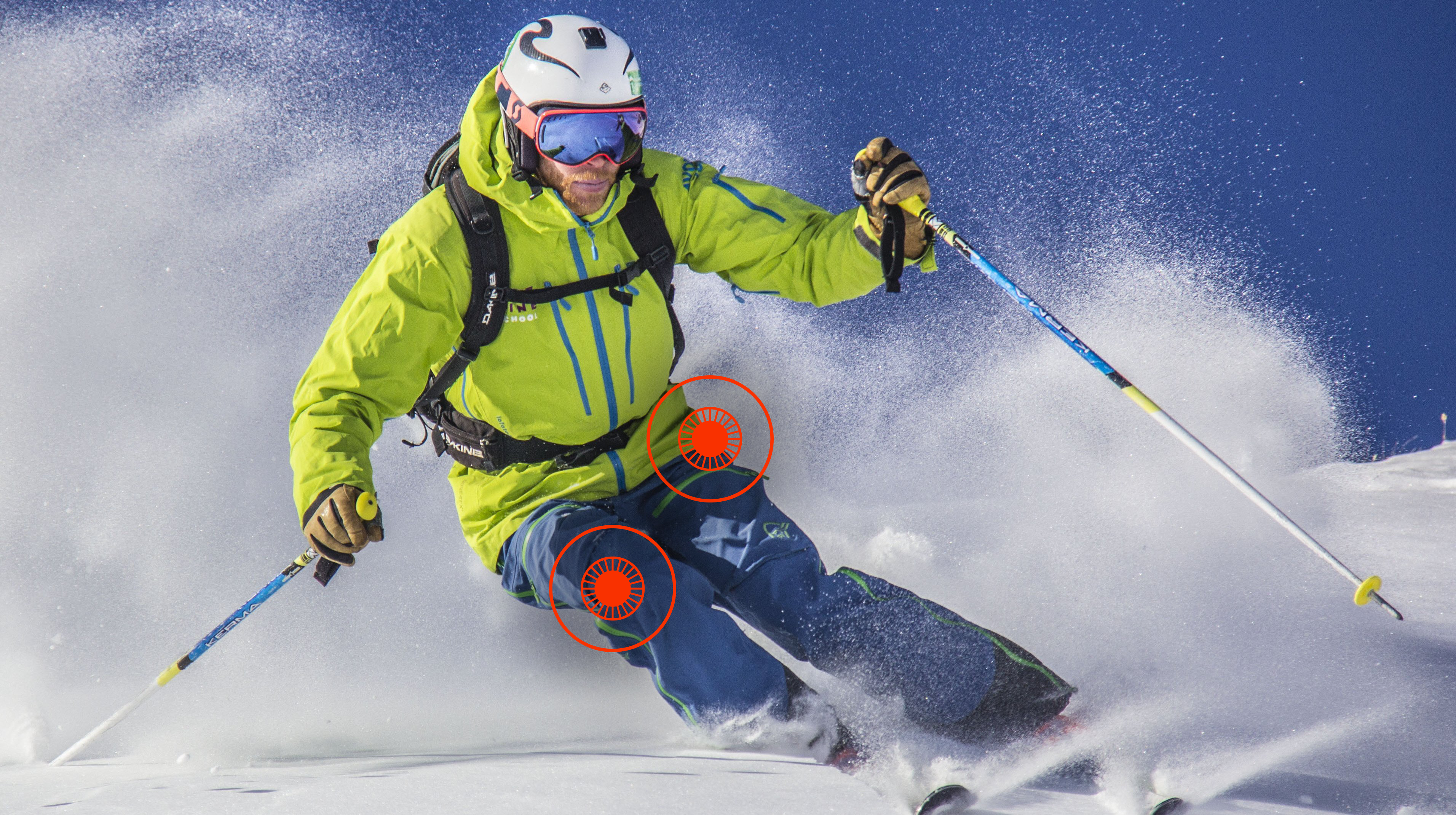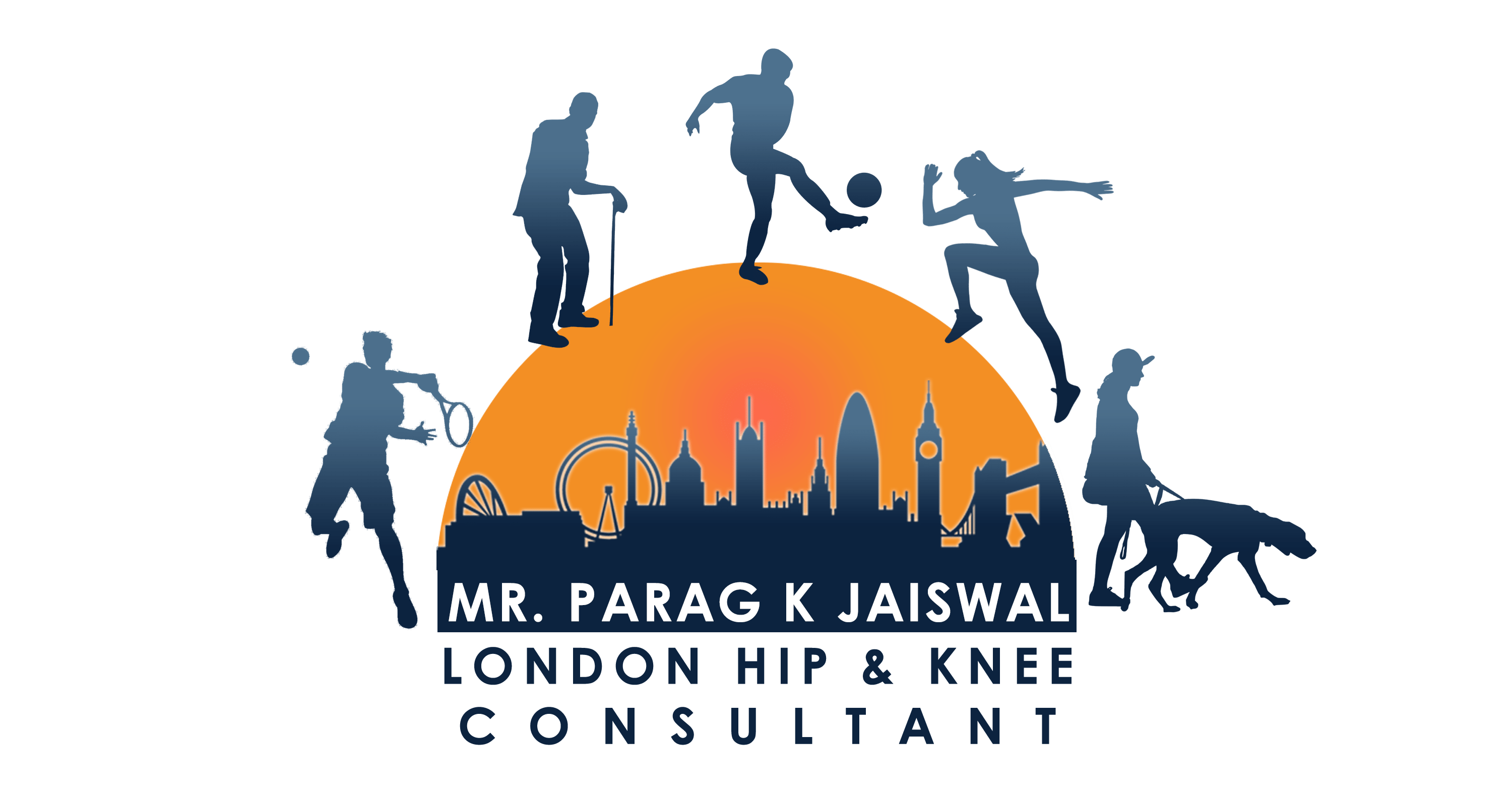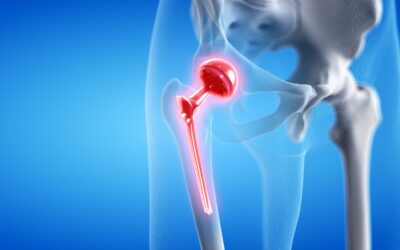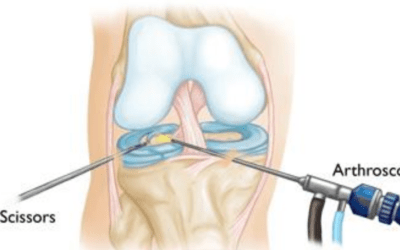
Although hip injuries are less common than knee injuries when skiing, they can be quite serious. The incidence of hip injuries can be up to 30% in professional elite skiers and snowboarders during a professional season. In recreational skiers, the two main mechanisms of injury are either overuse or a high speed crash.
Overuse
Most of us ski once a year. Is fair to say that most of us do not prepare ourselves for the five to seven days of intense skiing during a holiday. Therefore, we tend to overload are tendons because our muscles around the hip are deconditioned. The main muscle groups and or tendon inflammation that occur during or after skiing are:
1) Hip flexors, causing anterior groin pain and pain in front of the thigh,
2) Adductors, causing groin pain more towards the midline,
3) Hip abductors, causing pain the side of the hip and thigh
4) Hamstring origin, causing buttock pain and difficulty sitting down for too long.
Fortunately, All of the above conditions can be managed without an operation and with targeted and expert physiotherapy. Occasionally injections may be required to calm down any inflammation. This allows you to do more effective physiotherapy.
High speed crash
Depending on the speed of the injury, you could either fracture or break your hip bone (or other bones) or injure soft tissues around the hip. If you have broken your hip, then you would not be able to weight bear and will have to take ski ambulance down the mountain, to the local hospital or where X-rays will confirm the diagnosis. Unfortunately, most hip fractures require an urgent operation and this is usually done in the one of the affiliated Trauma Centres. During my fellowship in Calgary, Canada, we regularly treated horrific ski injuries from Banff and Lake Louise National Parks. Soft tissue injuries include a rupture of any of the tendons listed above.
A more common soft tissue injury that I see commonly in my practice is a tear of the hip (acetabular) labrum.
To learn more about labral tears please click on the link below.
People are usually able to get up and carry on skiing following a labral tear. Furthermore, a torn labrum can come about insidiously in (slowly with repetitive use). Patients usually present with pain in the groin and typically describe a sharp knife like. Once again, pain killers and physiotherapy is the first step and patients do get better. However, if pain persists, particularly after doing sports or physical activity, then it is advisable to see a specialist who can perform a repair of the labrum.



